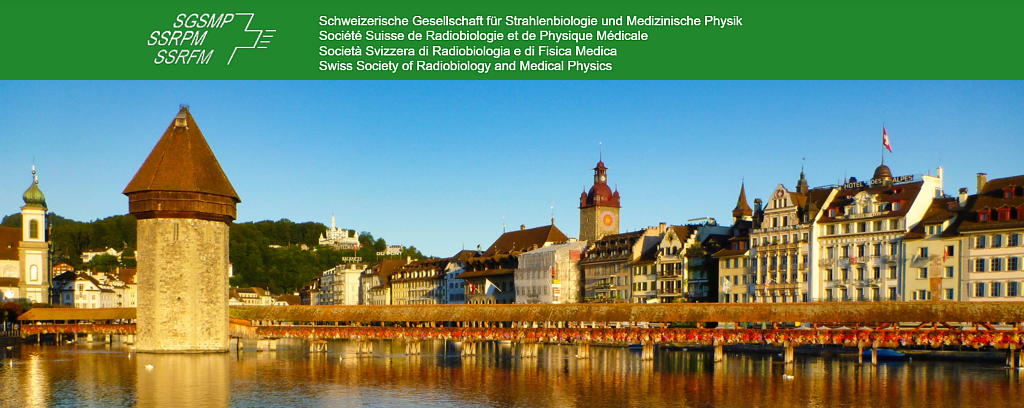Speaker
Description
Purpose: The selection of the collimator angle for linac-based stereotactic radiosurgery (SRS) of multiple brain metastases (BMs) is important to reduce the bridge dose in between the different lesions and minimize brain toxicities. In this work, we developed an algorithm which simultaneously optimizes the dose distribution and the collimator angle for SRS of multiple BMs.
Methods: A column generation-based direct aperture optimization algorithm was implemented into our in-house optimization framework. Promising multileaf collimated apertures are iteratively generated for different beam orientations and collimator angles by solving a so-called pricing problem, where dose-influence matrices for apertures at different collimator angles are approximated from the dose-influence matrix at 0° using a rotation function. At each iteration, the aperture with the lowest price is added to the treatment plan and the weights of all apertures in the plan are optimized. The optimization stops when a user-defined number of apertures are generated.
Results: Using the proposed approach, we generated a step-and-shoot non-coplanar IMRT plan for a patient with 29 BMs (with a prescribed PTV dose of 6x5 Gy) and compared the results to an IMRT plan obtained by utilizing a fixed collimator angle at 0° for all apertures. The number of apertures was set to 100 for both plans and the allowed collimator angles ranged from 0° to 175° in 5°-steps. By optimizing the collimator angle, both dose conformity (conformation number: 0.79 vs 0.78) and sparing of the healthy brain (mean brain dose: 6.54 Gy vs 6.81 Gy) could be improved. Several different collimator angles were selected for different beam orientations as well as for the same beam orientation.
Conclusion: A dosimetrically motivated collimator angle optimization method was implemented, which allows to reduce the bridge dose in between the different metastases for SRS-based treatments of patients with multiple BMs. Different from geometrical methods which optimize the collimator angle at each beam orientation by minimizing the island blocking area, multiple optimal collimator angles can be selected for the same beam orientation using the proposed approach.

